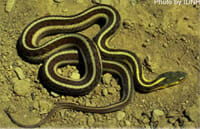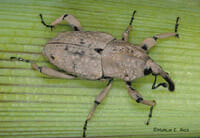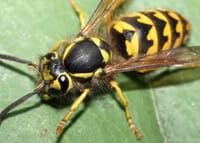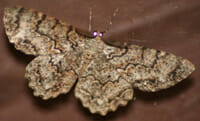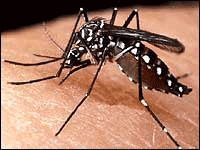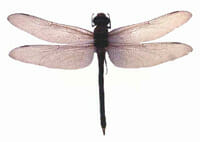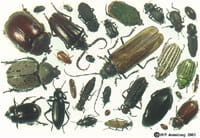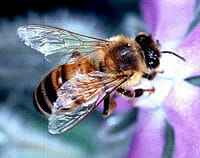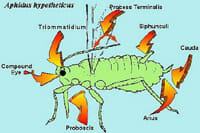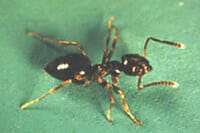The animals in Green Timbers do not often show themselves. Coyotes will frequent the Hydro Right-of-Way and the Douglas Squirrel can be detected by looking in the direction of its chattering call. On the other hand, Raccoons and Opossums move about mainly at night. The wildlife includes the following:
Reptiles and Amphibians
Northwest Garter Snake Pacific Tree Frog
